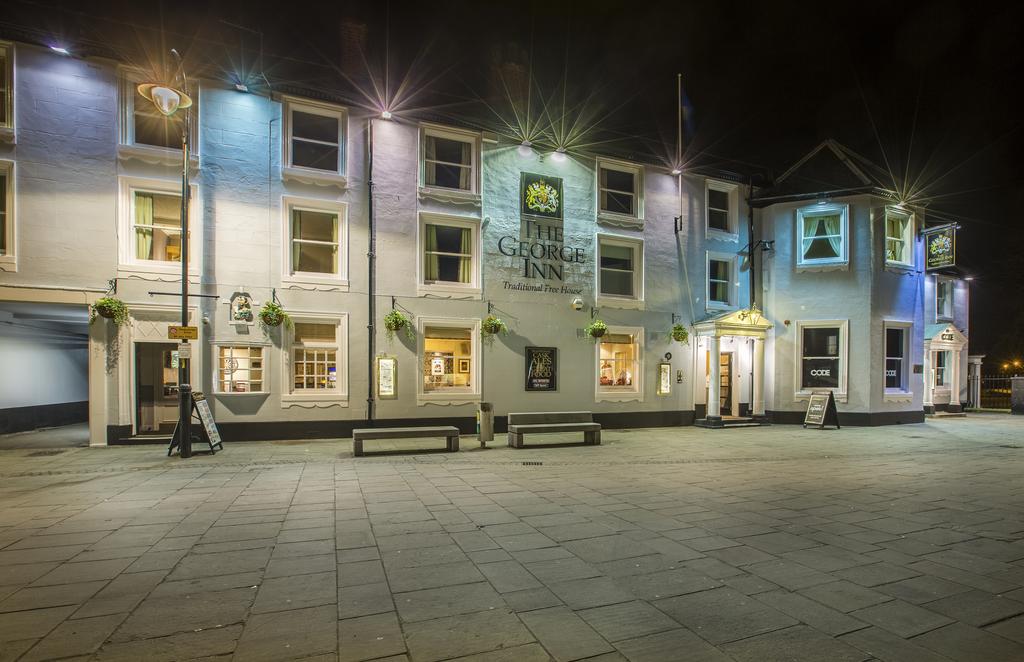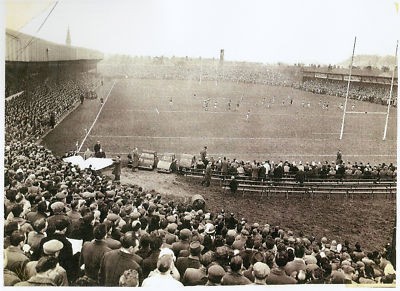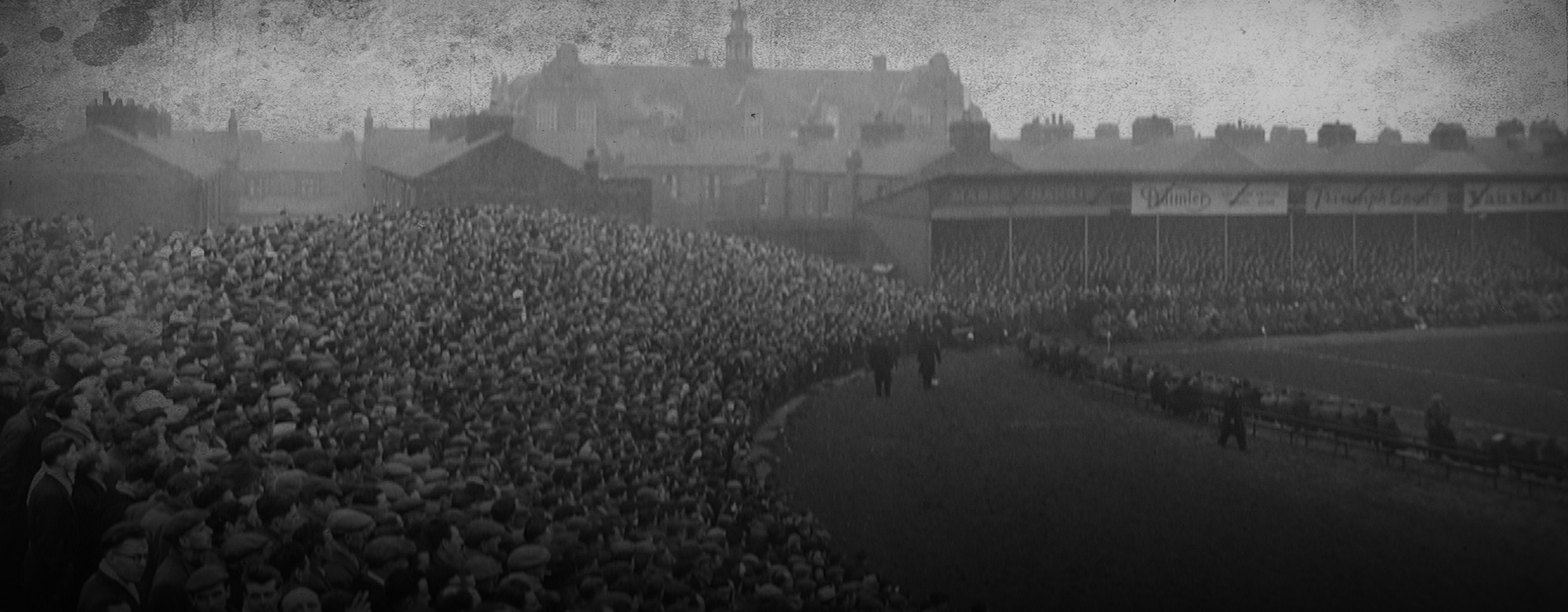On this Throwback Thursday, in association with Kinetic Laboratories, Club Historian Bill Dalton looks at some of the ground and venues that the Black & Whites called home following their formation in 1865, before their move to the Boulevard some 30 years later.
The youth of today will only know the KCOM Stadium as the home of the Black & Whites and many more will have visited the famous Boulevard, but how many know of the grounds that the club played at when it all started?
Hull’s first home was at Woodgates Hall in North Ferriby, where now stands the Godfrey Robinson House care home directly next to the A63 before the Melton Interchange. But after the Annual General Meeting in 1870, a more suitable home was found at Selby opposite the Londesborough Arms in order to facilitate travel for the West Riding clubs.

However, after further attempts at playing at Newland near the Haworth Arms, a permanent home was found at the Rifle Barracks Field, otherwise known as ‘over the railway lines on Anlaby Road’.
The merger with Hull White Star in the summer of 1881 brought Hull FC to the White Star Ground on Holderness Road, opposite the site which is now Boyes store where Severn Street and Mersey Street stand today. The ground was covered on all four sides, which is something supporters at the Boulevard never had the luxury of!
The first floodlit rugby match ever held in Hull took place there on 8th February 1893 when Hull and Heckmondwike drew 7-7.
It was not just rugby matches that the White Star Ground hosted. Home to many special occasions such as the Half Day Act in 1874, which enabled the skilled labouring classes the opportunity to engage in recreation previously denied to them. One of these occasions included a visit from the American cowboy Buffalo Bill in 1888 to display his Wild West skills.
By 1887, Hull were consistently attracting large attendances to Holderness Road and the directors made the decision to seek a venue that would continue to accommodate those growing numbers.
The area of land envisaged for a new stadium is now, of course, Hymers College and its sports fields.
It would be some eight years later when Hull finally moved to their traditional West Hull habitat, the move to the Boulevard coincided with the advent of the Northern Union in September 1885. It was eventually in 1899 that the Black & Whites became tenants of the ground, where they had a largely glorious existence there for the next 107 years – not bad for jusy ££6,500. The erection of the famous Threepenny Stand commenced the same year.

It was a fortress for Hull FC and some 2,078 competitive first team matches were played there. Hull won exactly 1,500 of those and 84 were drawn, a success record of 75.2%.
The greatest players ever to have have played our game strode the Boulevard turf. Many visiting players held the Threepenny Stand supporters in awe and many thought the stand was worth a 10-point start to Hull.
The ground also became the last resting place of many hundreds of supporters who had their ashes laid there. For years, before home games in the 1950s, there was an air of not ‘will we win?’, but ‘by how many?’.
The tragedies at Bradford in 1985 and Hillsborough in 1989 brought about the move to the KCOM Stadium just after the turn of the millennium.
The ‘Farewell To The Boulevard’event was the staging of a special game against the touring New Zealand side on October 22nd 2002 when the new limits on attendances were severely tested.













